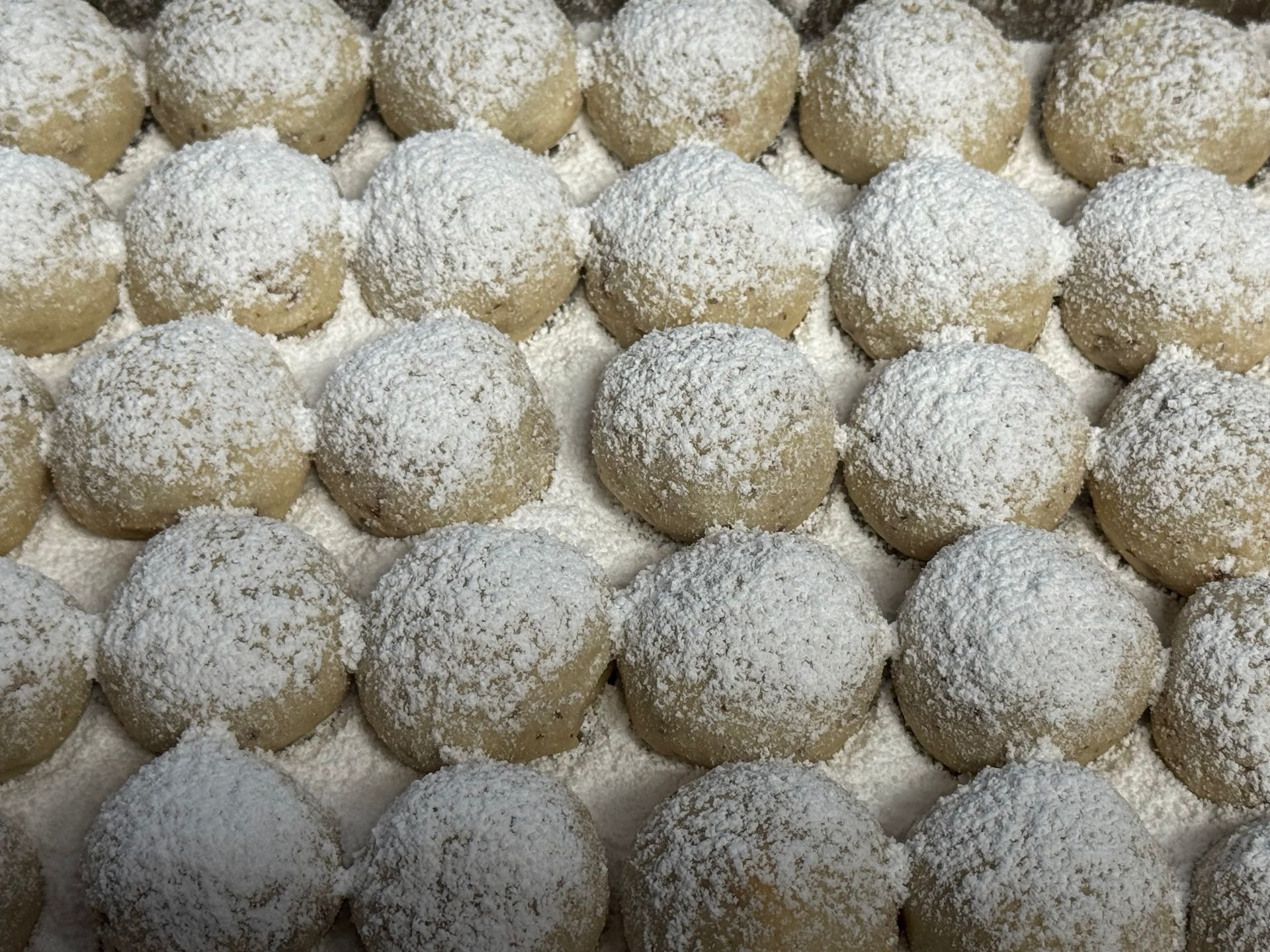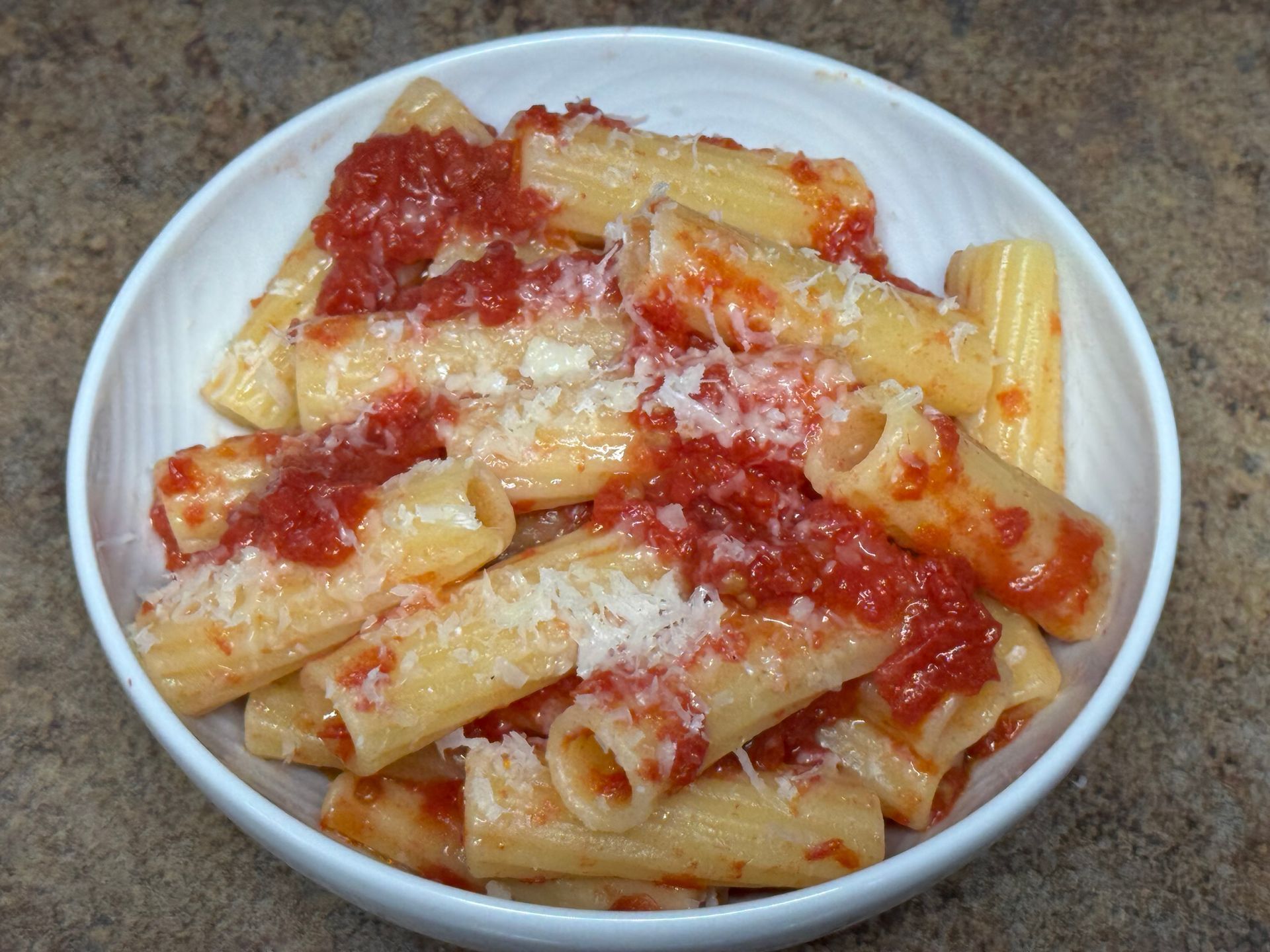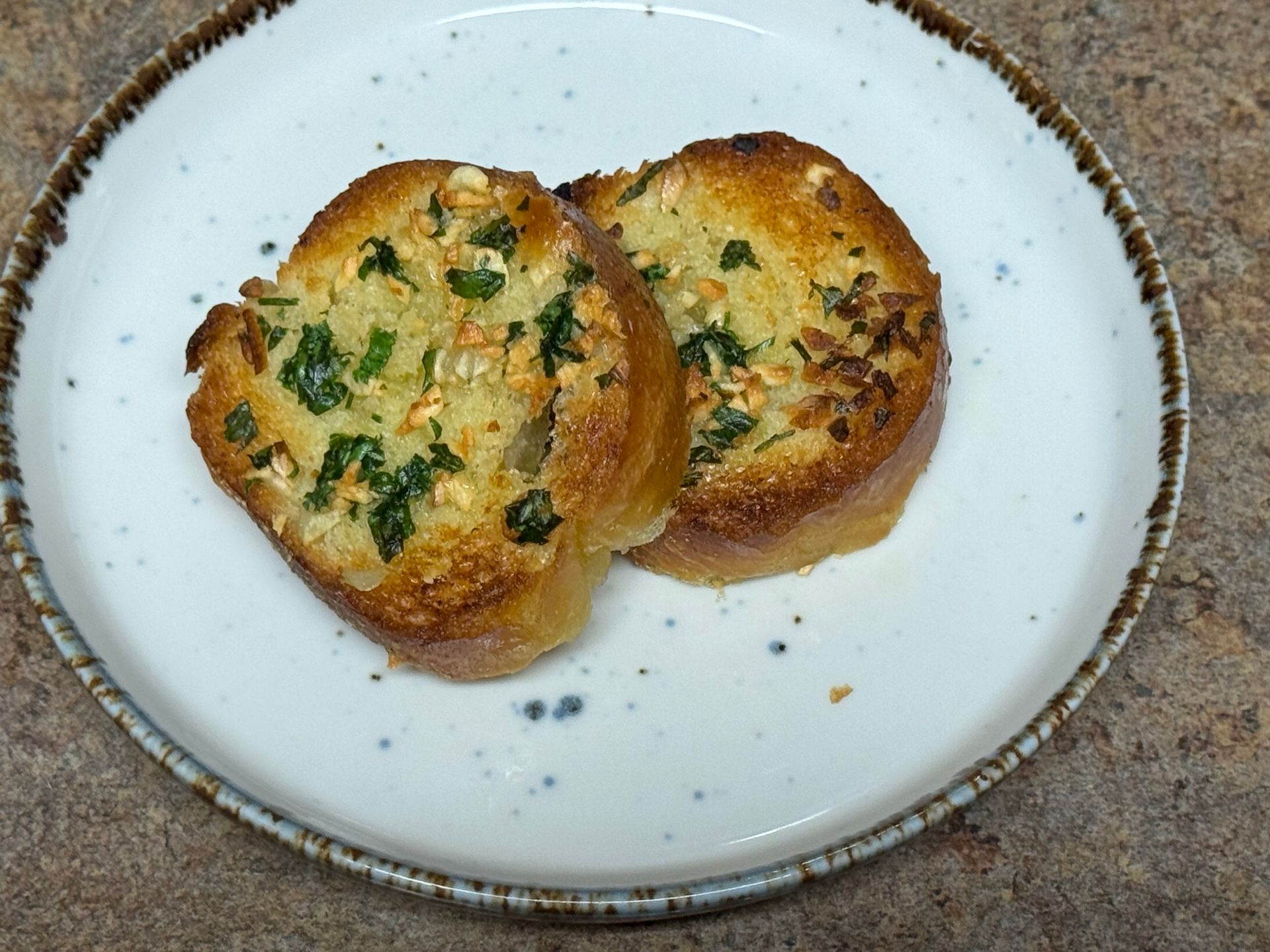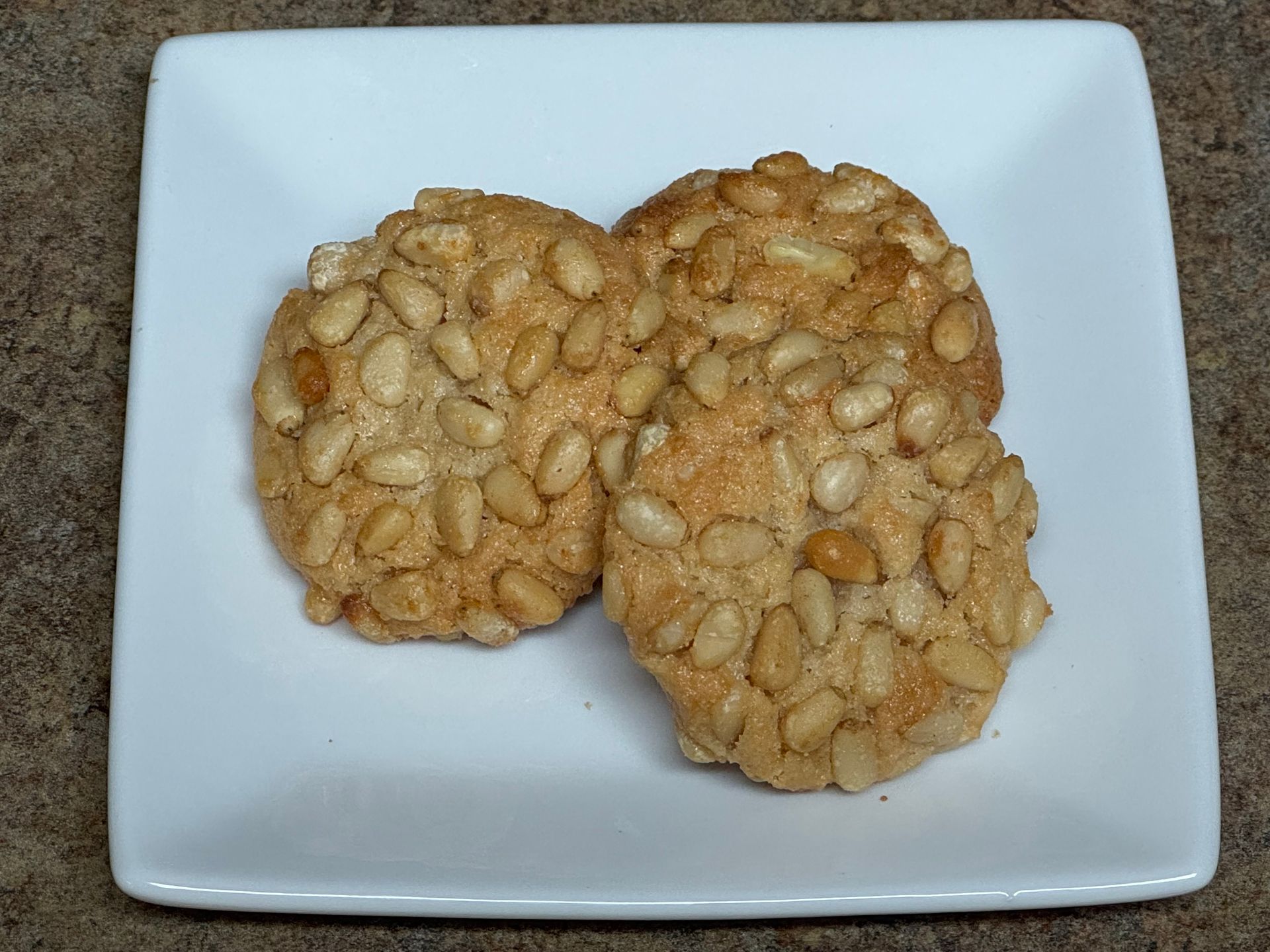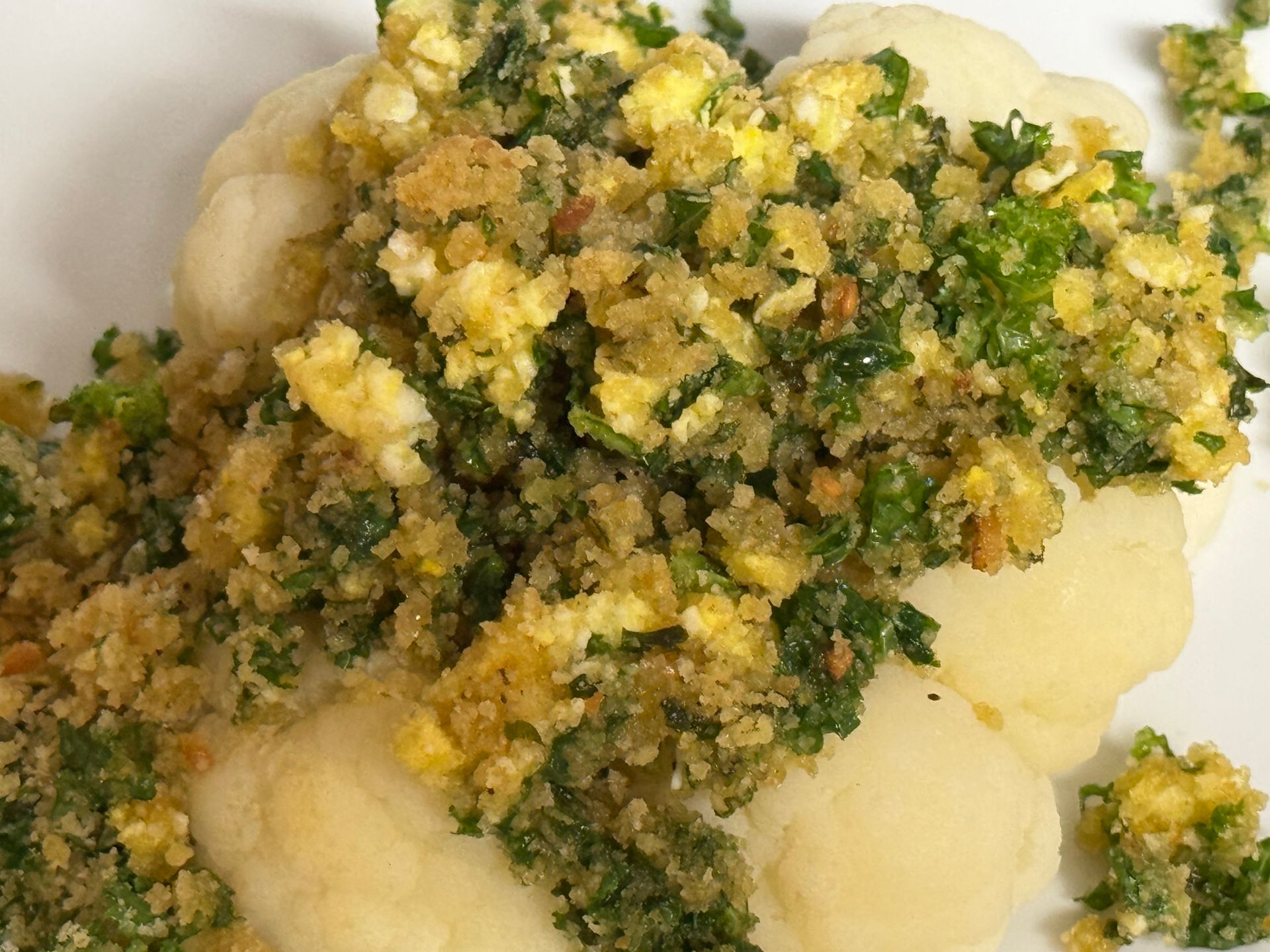
I taught skills classes at the CIA for years and always looked forward to preparing Cauliflower Polonaise with the students... cauliflower cooked in a 'blanc', strained and then served with a buttery breadcrumb sauce of brown butter, Italian parsley, lemon zest, and chopped hard-boiled egg-absolutely delicious.
Cooking Cauliflower
My daughter Faith studied Baking and Pastry at the CIA for a year. She enjoyed learning recipes and methods for preparing cookies, cakes, pies, breads etc... Faith fell in love with cauliflower polonaise after learning the recipe in her 'cooking for baker's' class .
I remember how proud I was when Faith prepared it for dinner one night.
Prep Time: 30 min
Cooking Time: 20 min
Yield: 4 portions
Ingredients
1 head Cauliflower, boiled (see recipe in blog)
4 oz. Olive oil or butter
1 C Italian breadcrumbs
2 ea Eggs, hard boiled, chopped to 1/3 inch dice (see recipe in blog)
2 Tbsp. Italian parsley, chopped
1/2 tsp Lemon zest
1/2 tsp Kosher Salt
t.t. Black pepper
How to cook Cauliflower
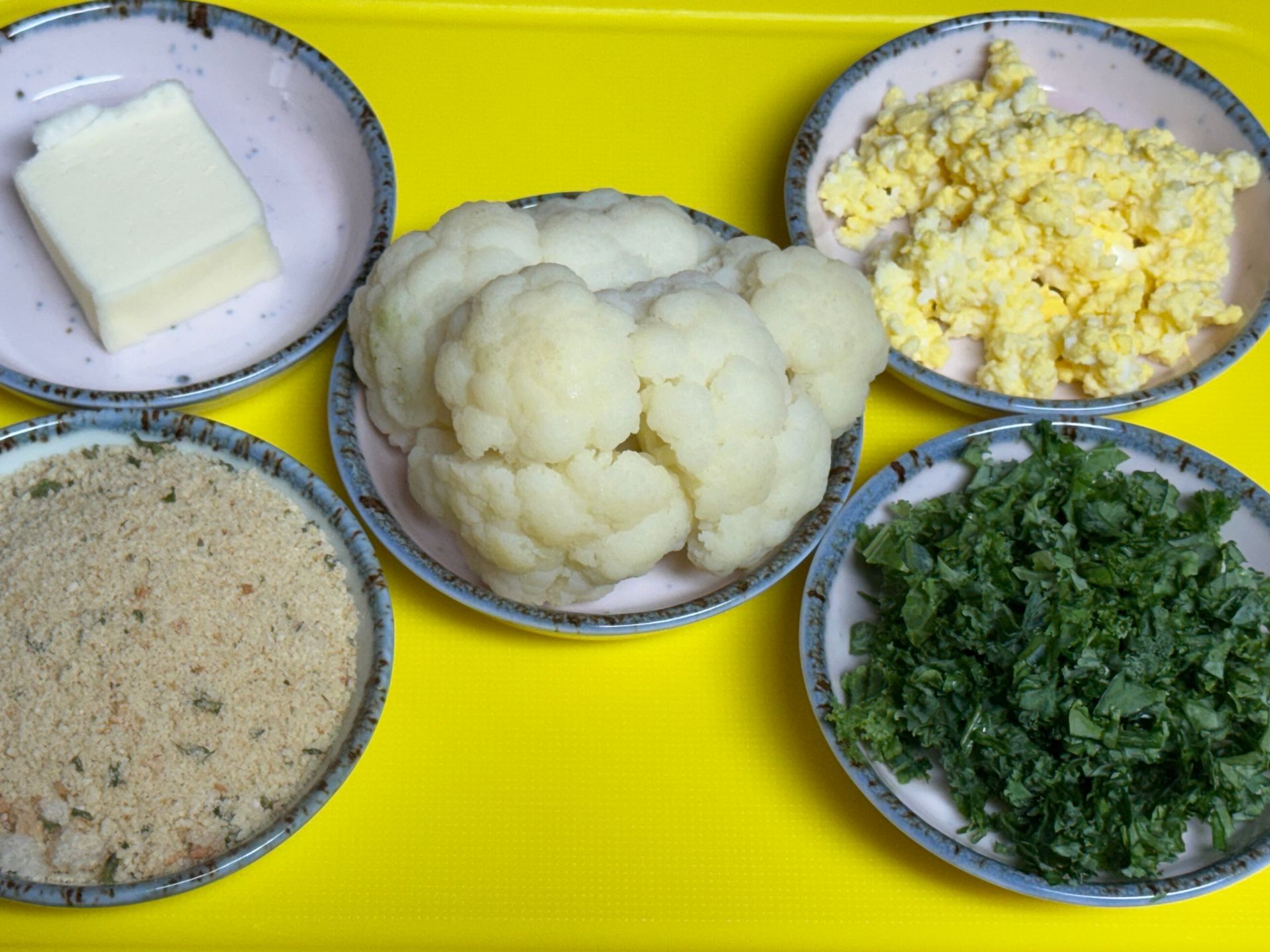

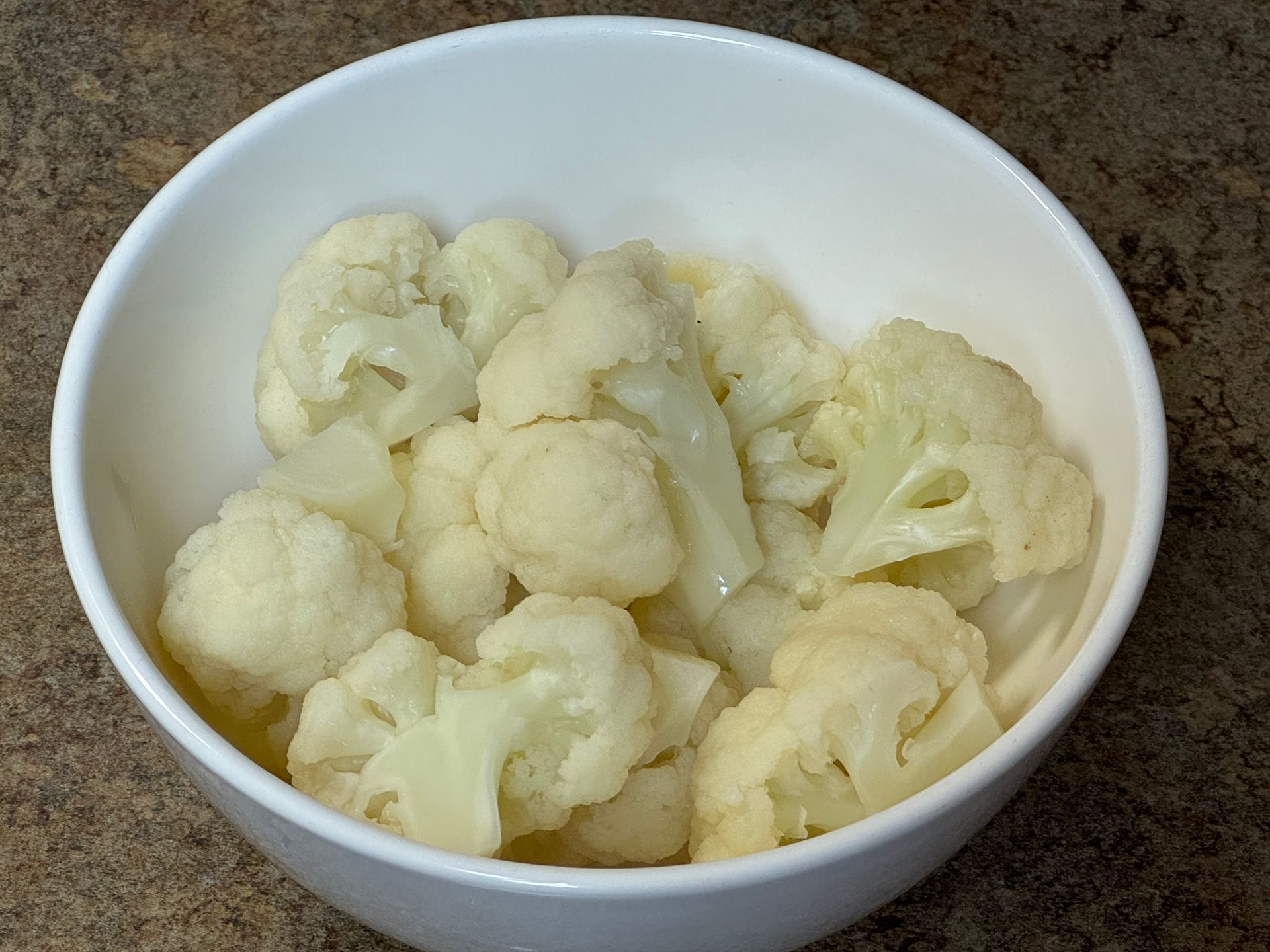
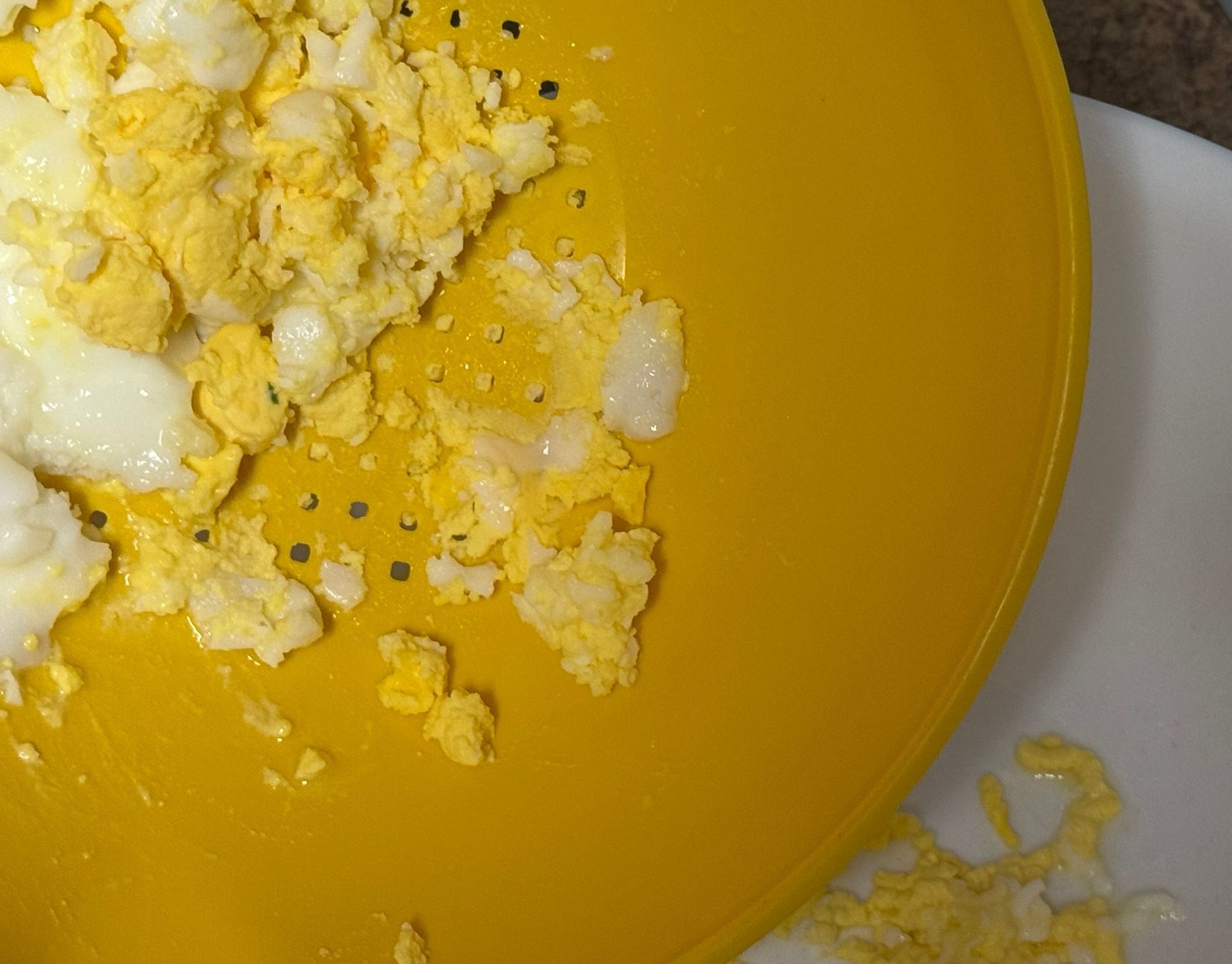
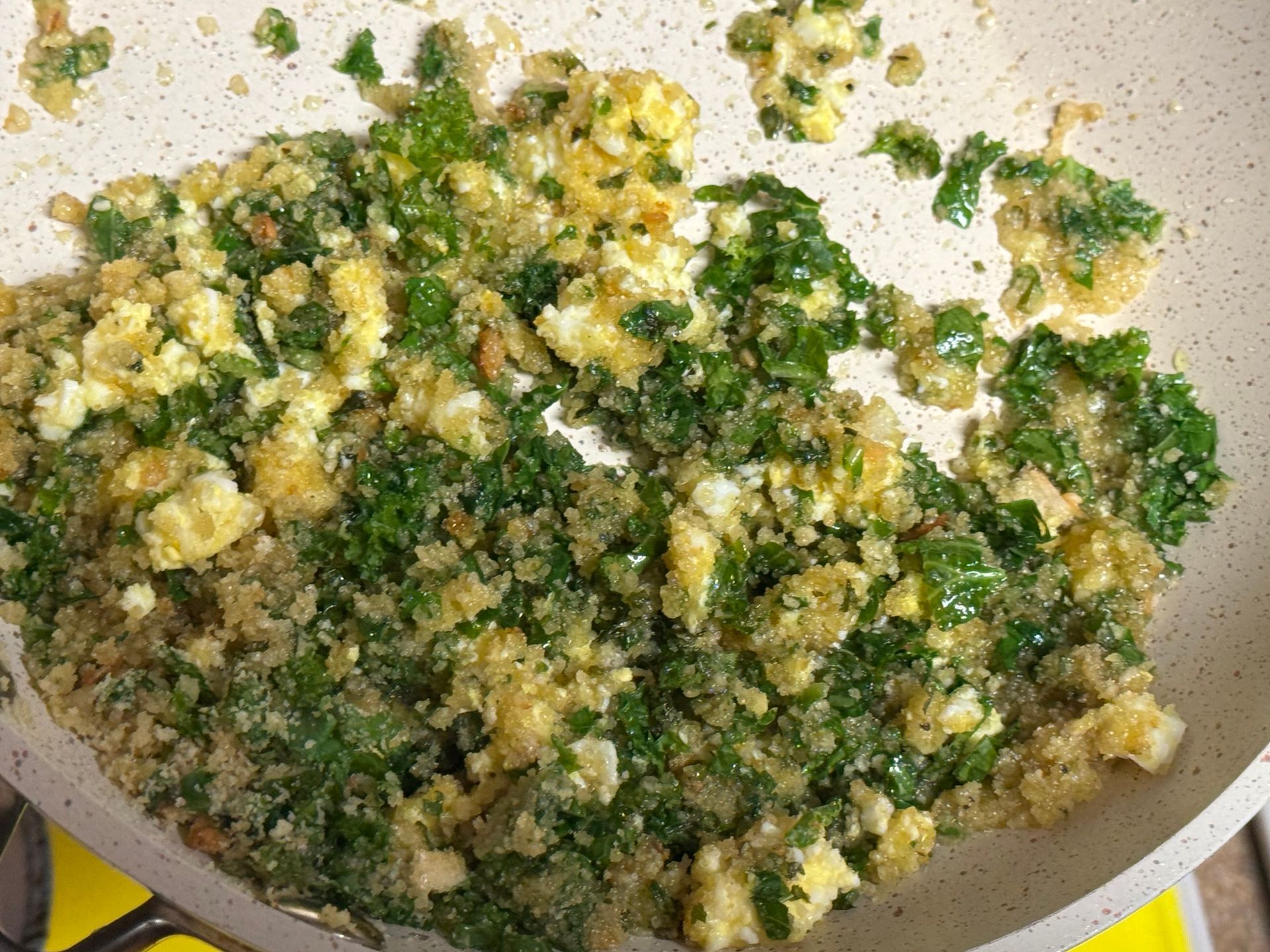

Step 1
To boil the cauliflower, simply place into a pot of boiling, salted water. The water should have enough salt so it has a 'sea water' saltiness to the taste. Boil until tender, about 6-8 minutes.
To keep cauliflower very white, add a tsp of lemon juice to the boiling water.
Some chefs make a thin 'blanc' of flour, lemon and water to cook the cauliflower, I don't believe this is necessary.
I use a perforated strainer to pass the cold, hard boiled eggs through-like a food mill for pureed soups-so the yolks & whites resemble a brunoise size.
Heat butter until lightly browned, add breadcrumbs and mix with a wooden paddle so that it resembles wet sand, season & add the eggs, parsley and lemon. Blend and serve immediately.
Toss or top with the cauliflower with the warm polonaise sauce, enjoy
